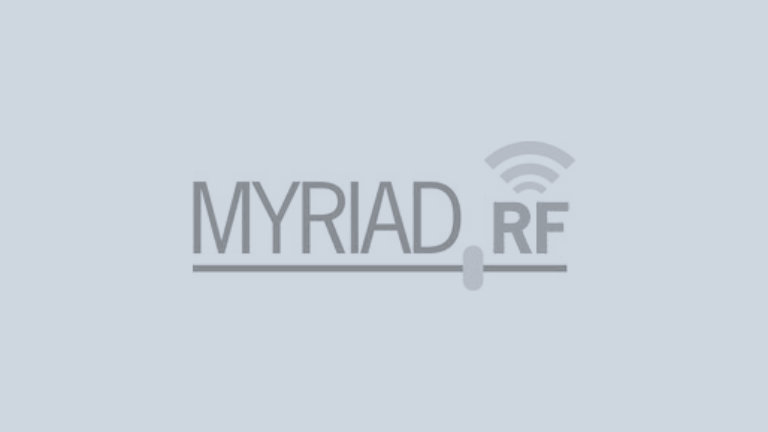Updates continue to be made to the A2300 Project to enhance both the platform-independent C/C++ API and support for the GNU Radio tools (via Ettus UHD). In the next month, we will be uploading the HDL modifications for enabling ASR-2300 transmit functions as well as more open-source firmware updates providing better access to inertial and pressure sensor data. We are committed long-term to making sure that developers will be able to take advantage of all the capabilities incorporated into the ASR 2300. We will be providing more examples during the coming months.
The greatest strength of software defined radio (SDR) is the ability to define functions through reprogammable software and firmware logic. As evidenced by the rapid growth of the SDR industry, the availability of reprogrammable devices has significantly increased the capability of developers and researchers across the entire spectrum of communications applications. However, using SDR effectively remains challenging due to the steep learning curve required to take advantage of the programmability. Ongoing efforts to create common toolsets supporting multiple SDRs (e.g. GNU Radio and SCA) have potential to help this situation but we clearly have a long way to go to. These toolsets are challenging to learn as well. As a result, users new to SDR must invest considerable amounts of time and resources into learning to use the tools, which often require programming custom applications.
At Loctronix, one of our highest priorities is to provide tools that simplify using SDR for both customers and internal development. We believe it is not enough to provide just an API and hardware for the user community and hope that in time users will learn how to use the platform effectively. With the launch of the ASR 2300 (2×2 MIMO SDR) module in December 2013, the company has turned its attention to delivering tools and software improvements that will facilitate ease-of-use.
Introducing ASR Workbench™
We are pleased to announce the forthcoming availability of the ASR Workbench, a companion SDR development tool for the ASR-2300. SDR developers will be able to accelerate development, reducing the learning curve normally needed using other traditional SDR toolsets. Although it is not open source software, ASR Workbench will be freely downloadable for customers purchasing the ASR 2300.

Figure 1 – ASR Workbench Integrated Development Environment (IDE) for SDR Applications
ASR Workbench is a Windows-based Integrated Development Environment (IDE) for SDR applications development and testing. The tool comes with a drag and drop, real-time DSP modeling tool including integrated support for the ASR-2300. With ASR Workbench you will be able to:
- Process multiple ASR-2300 baseband I/Q sample streams.
- Access a variety of DSP processing and visualization blocks for use in custom models.
- Record/playback signals, analyze received signals using a variety of demonstration models.
- Optimize the performance and configuration of the ASR-2300 with a suite of diagnostic tools.
- Export data into formats supporting additional analysis using a variety of standard tools including Matlab/Simulink, Excel, etc.
We are planning to release an alpha version of the tool this week (1/15/2014). Stay tuned for notifications and press announcements. The alpha version provides basic DSP blocks and ASR-2300 configuration and calibration tools. The software will be available to download at the Loctronix support site. Be sure to check our website for helpful video demos and other related information.
Looking Forward
We are very excited by the growth opportunities of SDR in 2014 and will be working with our partners to continue to promote and foster the growth of open source hardware and the SDR community. This year, Loctronix will be announcing several new product offerings utilizing both the ASR-2300 and ASR Workbench tools. We will be sure to keep you posted as these become available.
We have enjoyed working with the Myriad RF team and look forward to participating in the growth of Myriad RF.
Michael B. Mathews
